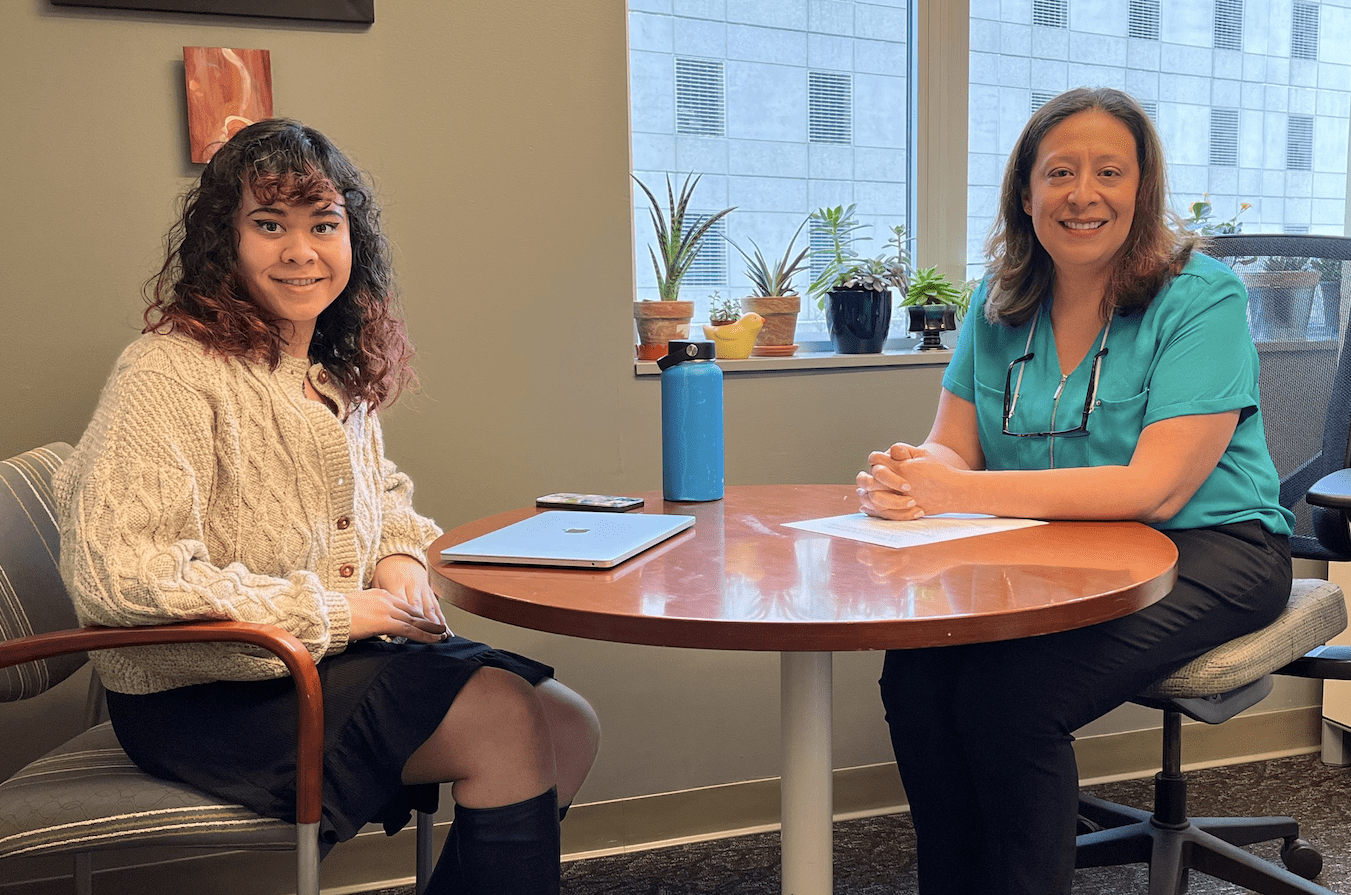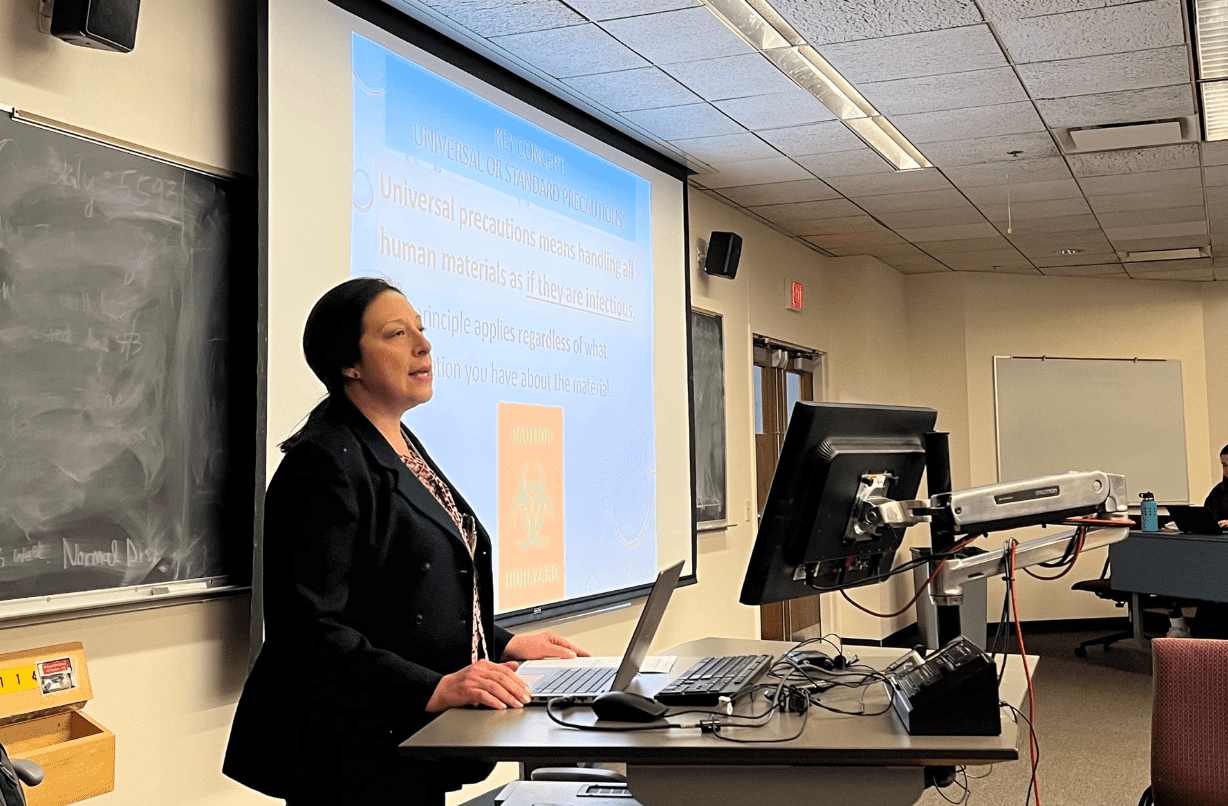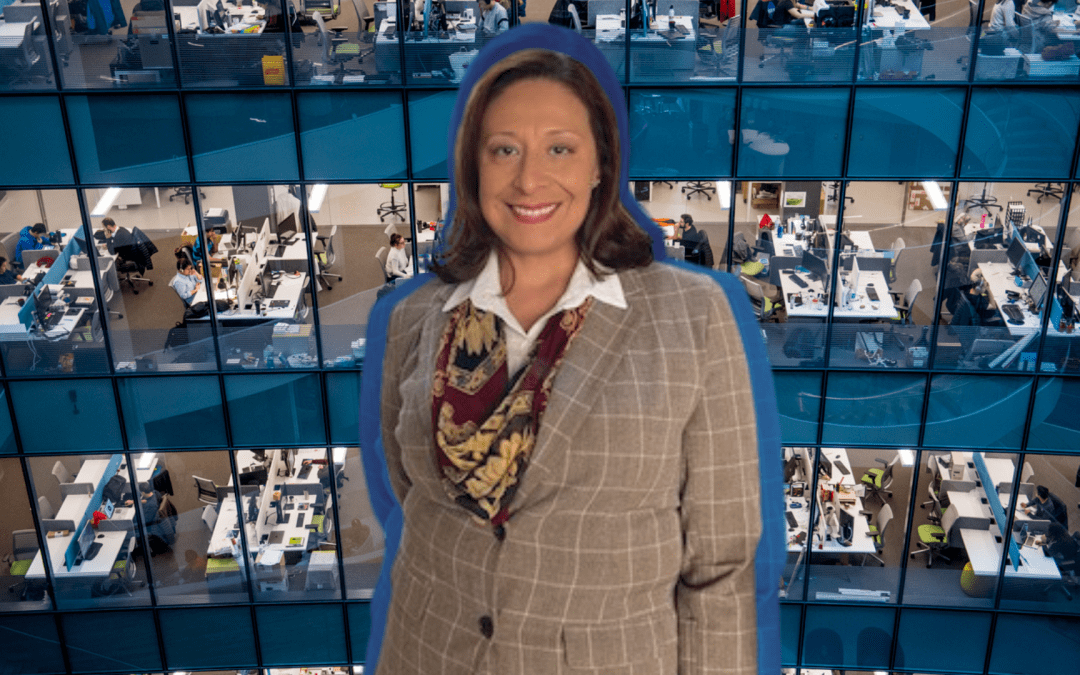
An Interview with Lorena Altamirano
We are pleased to introduce you to Lorena Altamirano, OARS’ new Biosafety Program Manager! Altamirano is a biologist by training and a biosafety career professional who joined our team on October 31, 2022. Prior to her appointment at OARS, Altamirano worked as a biosafety officer (BSO) for six years at the Massachusetts Institute of Technology (MIT) and four years at Massachusetts General Hospital (MGH), respectively. Altamirano transferred to MGH just before the COVID-19 pandemic, a professional endeavor that allowed her, “to witness first-hand how a great institution works in a crisis,” she said. “It was like drinking from a fire hose, but with a face mask on.” As a Biosafety officer and Biosafety Program Manager, Altamirano wears many different hats. Her role as the Institutional BSO is one of the highest biosafety positions at Northeastern because of the assistance and support the officer provides to the Institutional Biosafety Committee (IBC). The IBC strives to reduce biological risks and improve safety for the experiments that it surveils through equipment certification, laboratory training, and more. Altamirano and the IBC review roughly 300 biological experiments that push the boundaries of science and span from microbiology to preclinical trials. Her position as the Institutional BSO requires a broad understanding of biological sciences; Altamirano assists the IBC to determine which proposed experiments should be approved. As BSO, Altamirano serves the IBC as a metaphorical foot soldier and the Biosafety Program (BSP) as the army general; she takes commands from the IBC and directs the BSP according to the committee’s command. Biosafety Officer Altamirano oversees and develops the Biosafety Program, which oversees services and manages biological safety and compliance on behalf of the IBC. Together, Altamirano and the IBC appoint new members to the Biosafety Program and ensure that the Program remains a trusted Northeastern resource. In the future, Altamirano hopes to create an inclusive Biosafety community that values communication and safety culture at Northeastern.

What is the future of biosafety at Northeastern?
“The future is bright, not only because of the growth initiatives, but also because of the excitement and the need for future scientists. We need to help develop future scientists and our staff to serve the burgeoning biotechnology industry so we can solve urgent environmental and health problems. Our Biosafety Program plays an important role in growing expertise, supporting our researchers and our faculty to develop high quality research from bench-top to bedside. Biosafety’s goals are to protect the workforce that does their job in laboratories, to protect the broader environment, and to protect the public from materials that could escape from those labs. So, it’s a very tall order, but I am very optimistic that the trajectory of Northeastern is bright in this field. And it’s growing. We see increased enrollment of students in these areas, growing investment by the university and the state as well. There is a need for our expertise to assist the community in moving forward with high quality research. It’s exciting to be here at this time.”
How can we improve the safety culture in research at Northeastern?
“I’ve heard complaints that safety culture has an abstract and nebulous definition that lives outside of ourselves. But in reality, we all live in a culture, and the Biosafety program has a culture. OARS has a culture, and each lab in our university has a culture. Within that culture, safety must be an integral part. Everything we do has a component of safety and culture, and everything I do to analyze the risks has a component of human behavior. Risk criteria are influenced by the human factor and this brings their views of safety from their cultures. Culture is enhanced by knowledge, communication, and trust. Those are the goals that we have as a program. We do want to enhance the knowledge of biosafety, but also the risks associated with it. Some of the things we do is encourage PIs to establish practices and traditions in their lab; it could be as simple as spending five minutes in a meeting to discuss safety every week. The biosafety program is a resource for safety. We want you to contact us; we can give you guidance, and the next week you will have an answer for that concern for your lab, and even an implementation of it. Always look to improve safety concerns and put safety as a part of your laboratory culture.” “All that initial work — at the bench-top, at the basic scientific level — will pay off when you are looking into clinical trials and models because the quality of your research is the highest at the very beginning. By the time you’re moving into animal models or human trials, all that hard work of increasing the quality of safety will pay off. Safety is integral to good research, and you cannot produce high quality research without safety. It pays off to pay attention to safety and for PIs to model safety for their students, who are future investigators. If we increase the quality of our research safety, we will increase the quality of our research over time, and that overall would benefit society as well.”

How does the Biosafety Program help researchers, and vice-versa? How can these relationships improve?
“That’s one of the challenges for any research safety office. My vision for the Biosafety program is to provide leadership and technical expertise through excellent customer service. Right now, our program is small in contrast with the size of our research. Our customer service will improve as our staff grows. We aim to improve our relationships and collaboration with Principal Investigators (PIs) and their lab teams. The best outcomes happen in that type of relationship. Excellent communication, a proactive approach to managing research, and a responsive biosafety program are what help create a positive safety culture. I feel I am at my best when I can collaborate with the PIs who drive our work.”
What are some of your hobbies? Is there any overlap between your hobbies and your job?
“As a biologist, I’m always interested in anything related to biological sciences. Over time I became very interested in gardening. Plants used to be very foreign to me, but during the pandemic, as a way to relieve the stress of working at a hospital, I really, really got into gardening. I loved the instant satisfaction of seeing how something grows and performs. New England’s four seasons have allowed me to see the full cycle of life through the year, which has always been fascinating to me. When you research a little bit about plants you learn they are very much like us. They respond to our care, even emotional care. I think of them as pets. You would never let the dog go thirsty, right? The dog will tell you. It will beg, it will cry. Until plants can talk to us, we must be very observant. Just like gardening, the biosafety profession requires a lot of observation.” “I’m an active member of my Garden Club and I take care of a public garden in my town. It’s a satisfying job because it beautifies everything: the plants are happy, and people drive by and they’re happy too. It makes such a difference to have the extra flowers and I love the community engagement. I’m also involved in my local Land Trust. In my opinion, we need to always preserve land not only for animal habitats but also so that people can enjoy nature. When I’m not thinking about biosafety or science, I’m usually covered in dirt in the garden or working with my nonprofit organizations to see how we can improve gardening education or save plots of land for nature. So those two things take up a lot of my free time.”
.

Do you have a family back at home?
“I have a husband and a 16-year-old daughter who is learning to drive. The rest of my small family is in Argentina. I have a dog, two crabs, a parakeet, and I co-parent a 300-gallon fish tank full of Amazonian fish with my husband. So I have a little bit of South America in the house.”
What do you find most fulfilling about your job as a biosafety officer at Northeastern?
“The most fulfilling parts of my job are working with my biosafety program partners and getting to know faculty and colleagues. I’m excited to meet new faculty and to get to know their research. You get to tap into their excitement about the field of science because it’s contagious, and being able to support them is really satisfying. It’s fulfilling when their protocols are approved and we see the labs doing well, or when we see the labs moving from basic research, to translational, to applied producing knowledge, technology, treatments for existing problems. When we see faculty succeeding and when we play a role in that support, that to me has been a good day because we contributed not only to the university but to society. Helping discoveries is always very satisfying, no matter how. It’s a tall order, but I think we’re up for the challenge.”

